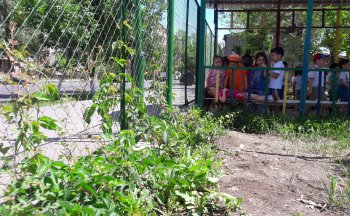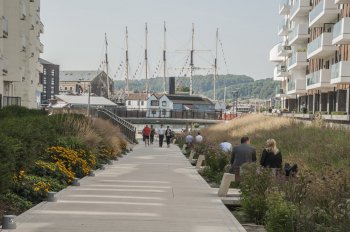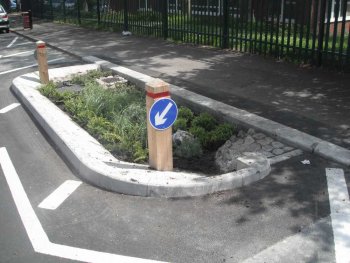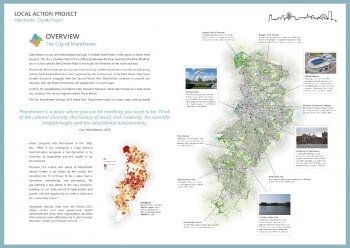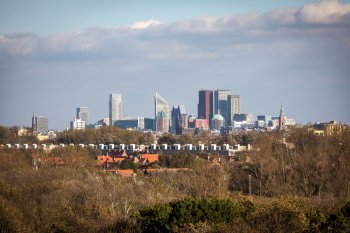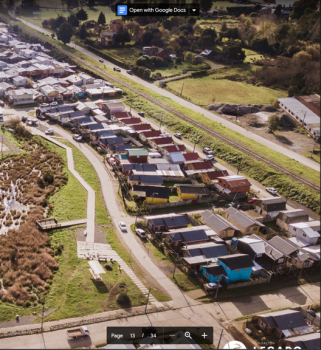Constructed wetlands as a multipurpose green infrastructure in Gorla Maggiore, Italy
Testing the feasibility of a green infrastructure, instead of a traditional grey infrastructure, to treat sewage overflows, and investigating the multiple benefits that the green infrastructure provides and its relevance for water management.

































